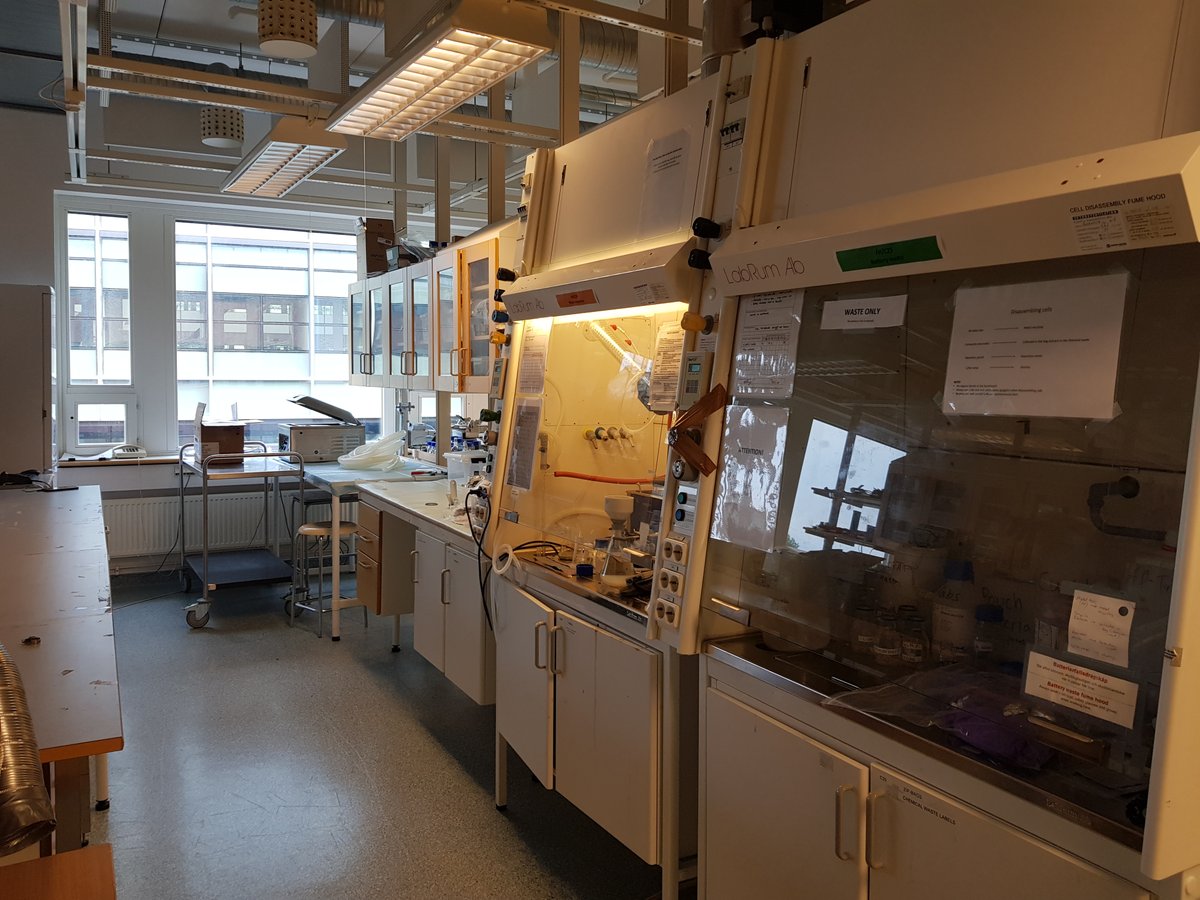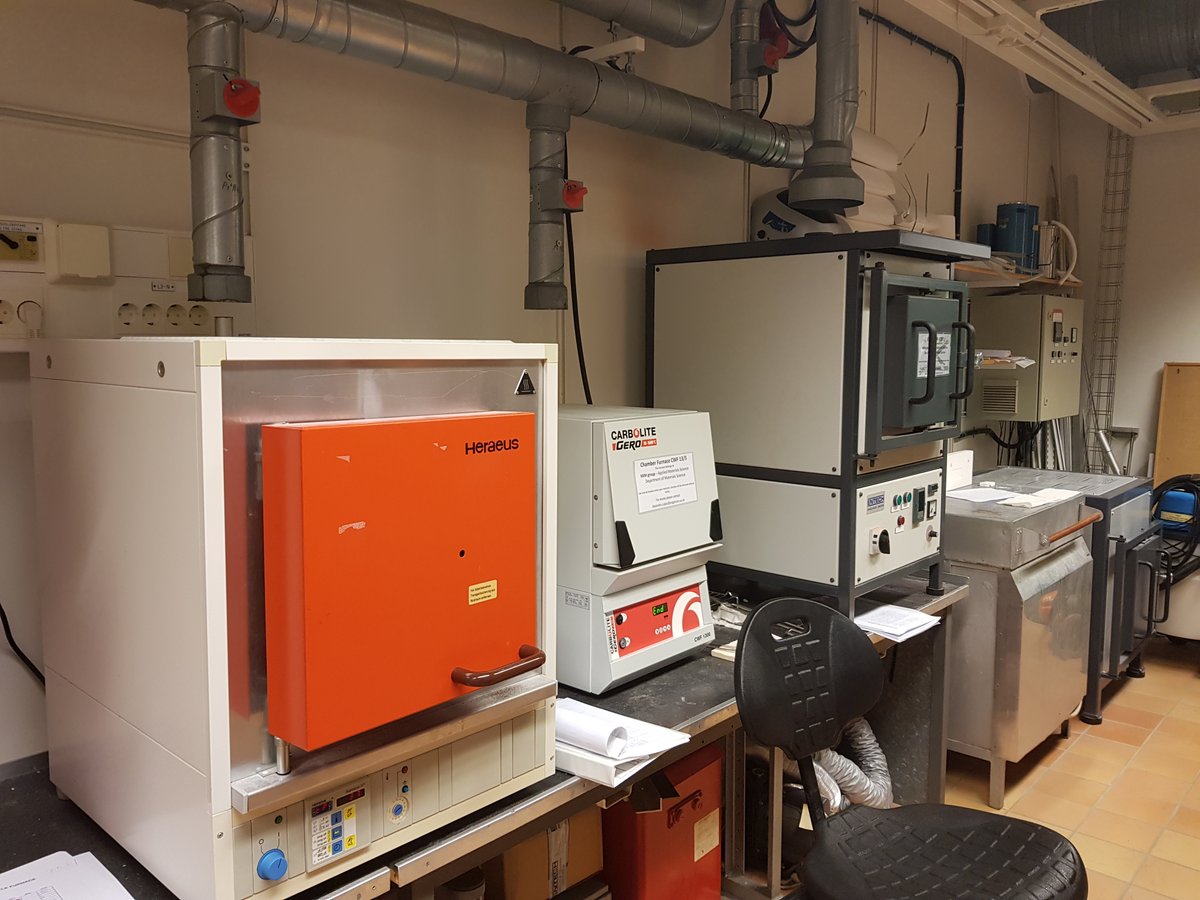
But first, I think it is good to generally introduce what a Li or Na-ion #battery is built up from. While I am not an electrochemist by any stretch, I do work a lot with batteries and will mention them often.
A battery is comprised of four key components. Two electrodes connected to an external circuit: a positive (high potential) and a negative (lower potential) electrode. These are electrically isolated from each other by a separator soaked in electrolyte allowing ions to pass. 

The electrons pass via an external circuit where they perform work during battery use. Both the positive and negative electrode materials need to accept both electrons and ions (such as Li+) reversibly. Designing materials which can do this is quite challenging.
In modern lithium-ion batteries the negative electrode (often called the anode) is graphite and the positive electrode (cathode) is either a metal oxide with a rock salt type structure or a polyanionic structure, namely LiFePO4 (LFP)
It is interesting to reflect on the fact that the first commercially successful positive electrode material was developed in 1980 (LiCoO2), and most commercial materials today are based on this same structure. 

Aside from LiFePO4 which is quite different, are there no other viable positive electrode material classes for lithium-ion batteries? There are many being investigated but not so many that make the cut for commercialisation.
This seems like a good segue into giving a tour around the laboratories for the @angstromABC. Where there are now roughly 90 people working on improving batteries from fine tuning the components in Li-ion batteries to developing beyond Li-ion technologies (like sodium batteries!)
• • •
Missing some Tweet in this thread? You can try to
force a refresh




















